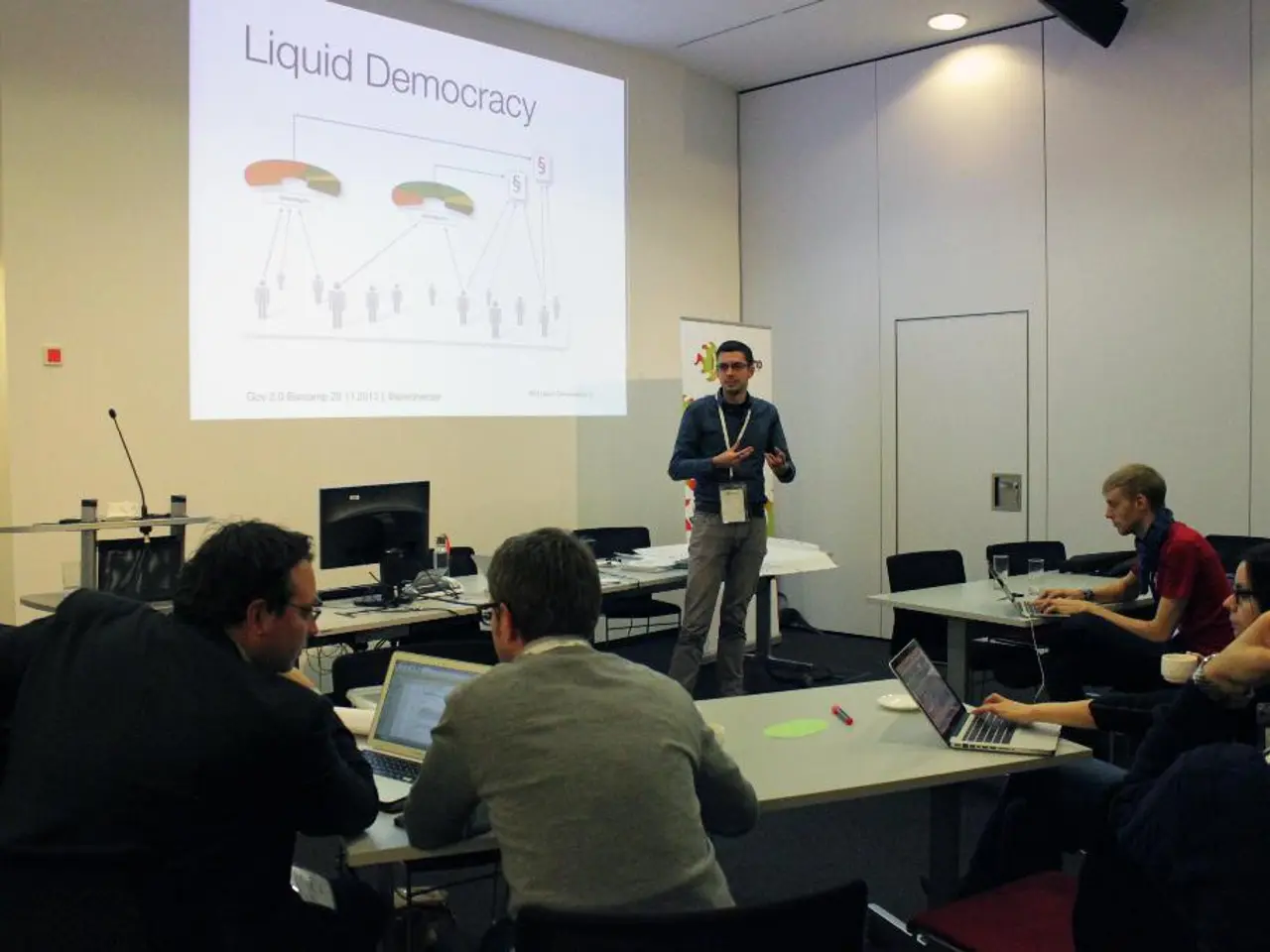Intel CEO Prepared for White House Meeting, Likely to Discuss Company Challenges, Domestic Chip Production, and Trump's Resignation Remark from Last Week
In a bid to revive the struggling chipmaker, Intel is currently in active negotiations with the U.S. government, which is considering taking a 10% equity stake in the company. This potential infusion could provide Intel with approximately $10 billion in capital to support CEO Lip-Bu Tan’s efforts to strengthen Intel's competitive position in the semiconductor and AI markets.
The U.S. Commerce Secretary, Howard Lutnick, has clarified that the government’s stake would be non-voting, meaning no direct governance or control rights would be granted to the federal government even if it becomes the largest shareholder. This approach seeks to balance financial support with maintaining operational independence for Intel.
Lip-Bu Tan, formerly the CEO of Cadence Design Systems, has been at the helm of Intel since February. His tenure has been marked by challenges, including weak sales performance, delays in its Ohio manufacturing plant, and aggressive competition from rivals like AMD and Nvidia. The anticipated government investment, along with SoftBank’s participation, are seen as critical to giving Intel the capital and strategic support needed to innovate and regain market share in key technologies.
However, Intel’s troubles run deeper. The company has already seen job losses, with 15% of the workforce being put out of a job. Moreover, Intel may halt the development of its next-generation process node, 14A, if it does not find a "significant external customer" in the near future. Intel, which has no major customer for 18A, is already using TSMC to manufacture some of its chips.
Amid these challenges, Intel, the Board of Directors, and Lip-Bu Tan have released a statement committing to advancing U.S. national and economic security interests. The Intel CEO is scheduled to meet with President Trump at the White House on August 11, a meeting expected to discuss Intel’s future collaborations with the US government.
The potential decision could put domestic semiconductor manufacturing at risk in the US, as another idea proposed is for TSMC to take control of Intel’s fabs for a stake in the business. This idea, along with the recent case involving Cadence Design Systems, may be part of the discussions between Intel and the US government.
Despite earlier calls by President Trump for Tan’s resignation due to concerns about his ties to Chinese firms, recent developments indicate a softening of that stance, especially following a meeting between Trump and Tan. Trump’s tone shifted to a more supportive position, which helped Intel’s stock stabilize and even rise.
In summary, Intel’s current status is one of cautious optimism backed by significant government and private sector investment prospects. The major potential outcome is that Intel obtains substantial new capital to drive its turnaround, but the situation remains closely monitored both politically and financially.
Read also:
- Tesla is reportedly staying away from the solid-state battery trend, as suggested by indications from CATL and Panasonic.
- Online Advertising Consent Framework Faced with Significant Ramifications According to Belgian Data Protection Authority's Decision
- Server Hazards: Top 4 Pests Imperiling Your Data Center and Preventive Measures
- Saurabh Giri, the Chief Product Technology Officer at Voltage Park, features in an interview series.






